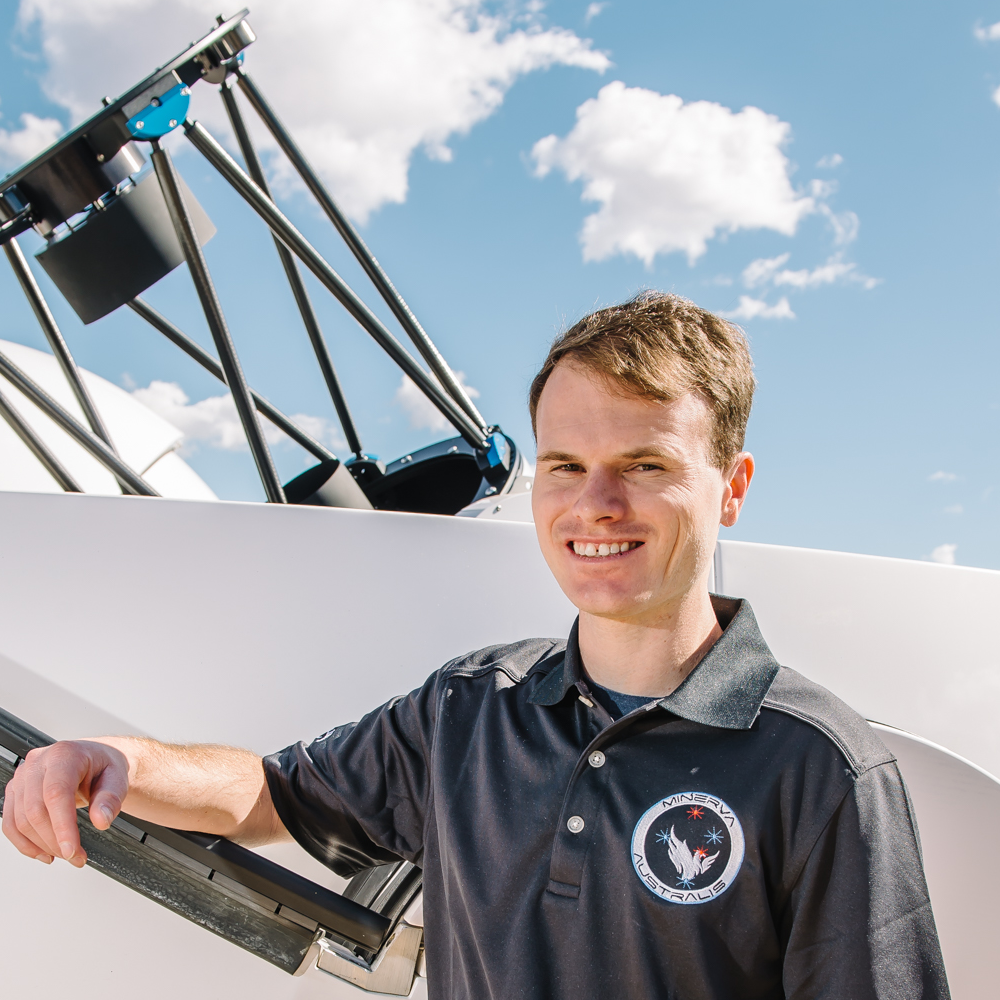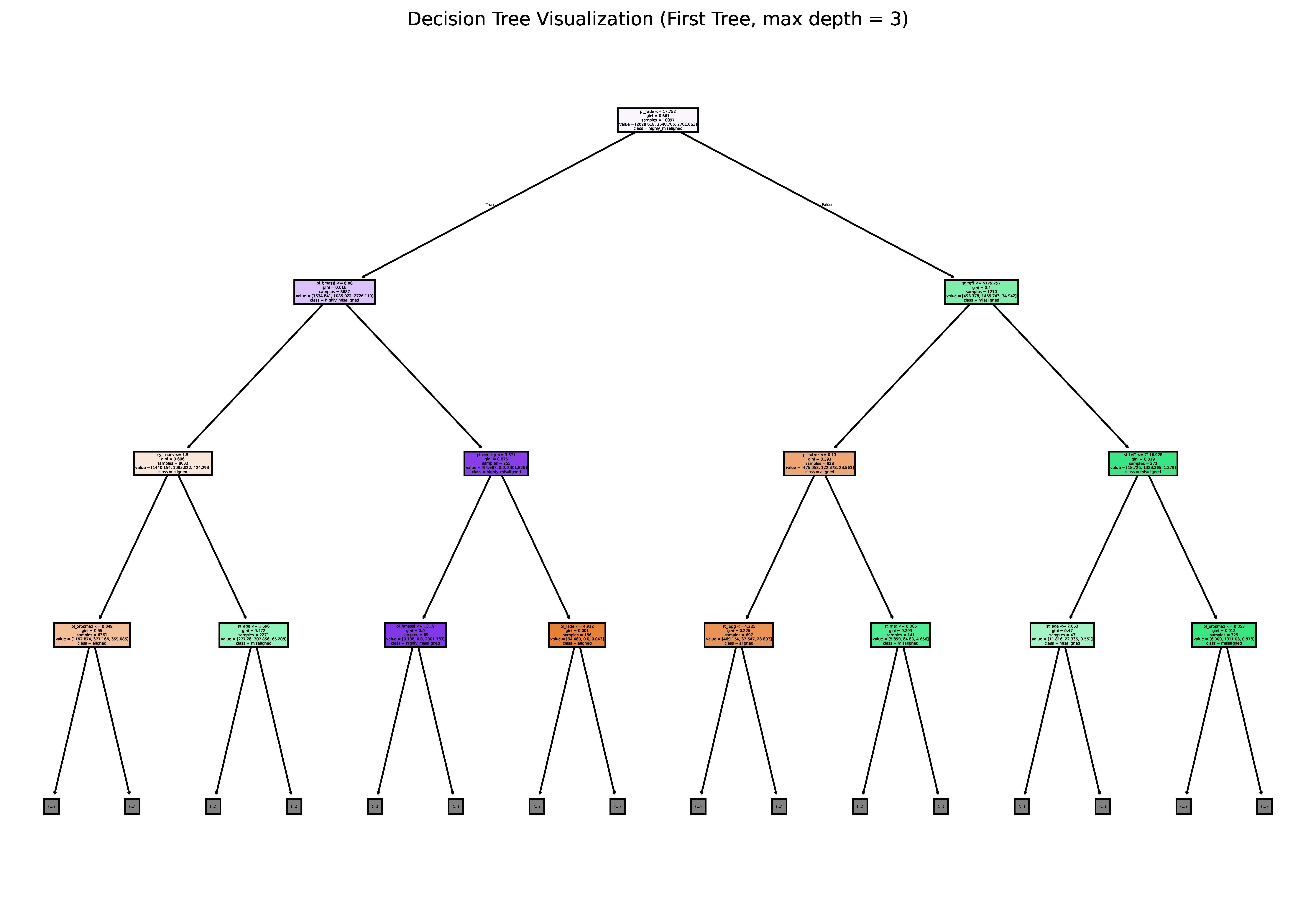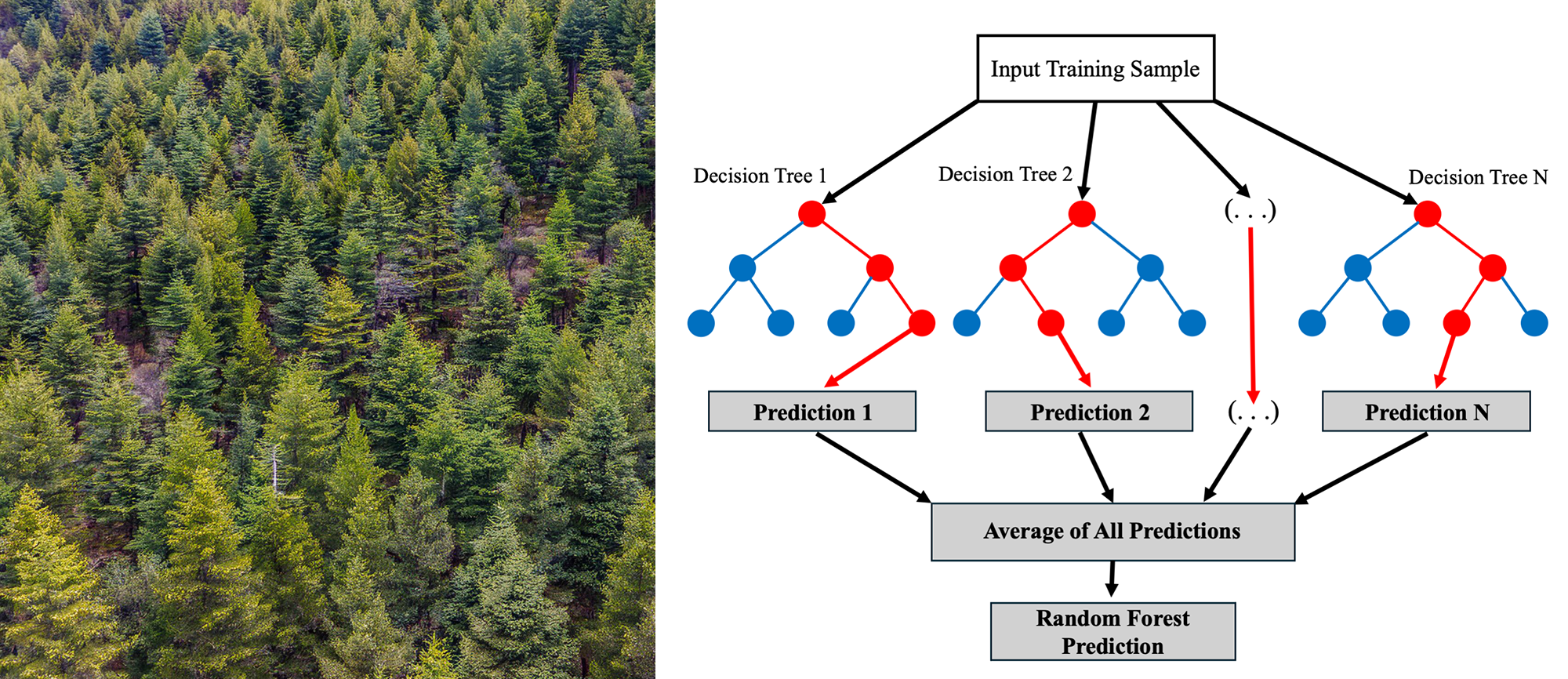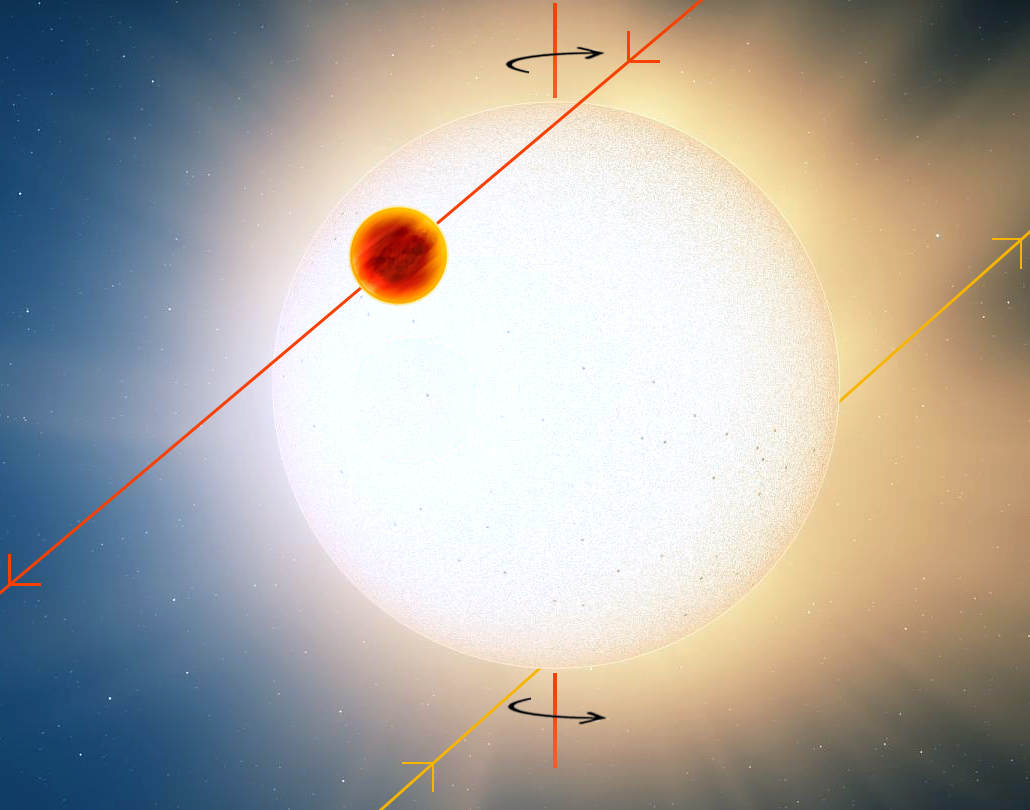Dr. Brett Addison's Data Science Projects & Blog

Data Scientist | Astrophysicist
Welcome to my data science page, the place where I discuss topics and projects in the field of data science that I am currently working on or have worked on in the past.

In my previous blog post (see Part 4), I built a random forest classifier model to predict whether orbital obliquities are aligned, misaligned, or highly misaligned. While the model had some success, its performance was limited due to dataset imbalance, where the majority (~60%) of obliquities were aligned, leaving fewer examples for the other two categories (~15% and ~25%, respectively). This small dataset (226 systems) constrained the model's ability to generalize effectively.
To improve performance, I reduced the classification to just two categories: aligned (λ < π/8 or λ < 22.5°) and misaligned (λ ≥ π/8 or λ ≥ 22.5°). This adjustment created a more balanced dataset (60% aligned, 40% misaligned), compared to the distribution across three categories, as illustrated by the figure at the top of the page, and improved training diversity.

In my previous posts (Parts 2 and 3), I discussed using a random forest regression model to predict exoplanet orbital obliquities based on stellar and planetary parameters. However, its predictive accuracy was limited. In this post, I shift to a classification approach using Scikit-learn's RandomForestClassifier, categorizing obliquities into aligned (λ < 22.5°), misaligned (22.5° ≤ λ < 67.5°), and highly misaligned (λ ≥ 67.5°)—following how they are defined in Addison et al. (2013).
Data Preparation and Feature Engineering
The dataset is compiled using the same preprocessing steps as before, including replacing missing values using physically derived estimates instead of median imputation as well as using the same engineered features—planet-to-star mass ratio (pl_ratmom) and planet density (pl_density), as discussed in Part 3). To account for uncertainties, I again augment the dataset by simulating 100 additional data points per row based on the 1 σ errors.
As discussed in part 2 of this blog series, the current random forest model struggles to predict the orbital obliquities of exoplanets accurately. This may be due to factors such as the small sample size, imbalanced dataset, reliance on median imputation for missing data, insufficiently relevant features, and/or the random forest method being unsuitable for this problem. In part 3, I address these challenges with two enhancements: physically derived imputation and feature engineering.
-
Physically Derived Imputation: Instead of median-based imputation (replacement), missing values are calculated using established relationships between features. For example, the mass of a star can be derived from its effective temperature and radius, assuming it is on the main sequence. This approach produces more accurate and physically meaningful values compared to median replacement.
-
Feature Engineering: Orbital obliquity may depend more on combinations of features than individual ones. To test this, I created two new features: the planet-to-star mass ratio (Mp/M*) and planetary density. These features aim to better capture the dependencies related to obliquity.

In this project, I applied machine learning to explore an interesting question in astronomy: Can we predict the orbital obliquities of exoplanets using their host stars' properties and planetary system features? Orbital obliquity—the angle between a planet's orbital plane and the equator of its host star—offers crucial insights into planetary formation and evolution. Here's how I approached this challenge using a random forest regression model.
Data Collection and Pre-processing
The first step involved obtaining data from two databases: the catalog of the physical properties of transiting planetary systems (TEPCat) and the NASA Exoplanet Archive. These sources provided the required properties of the exoplanets and their host star's to build a machine learning model, including, for example, the masses, radii, orbital distances, and orbital obliquities. However, the sample size of planets with measured orbital obliquities was small and the measurements came with significant uncertainties. Additionally, the dataset is somewhat imbalanced, there are more than double the number of planets on low obliquity orbits compared to high obliquity orbits as shown in the figure below.

What are Exoplanets?
Extrasolar planets (exoplanets) are planets that orbit stars outside of the Solar System. I have been truly fascinated by the sheer diversity of exoplanets that have been discovered in my field of research over the past three decades. Nearly all of the over 5,000 exoplanets discovered to date look nothing like the planets we have in the Solar System (check out the NASA Exoplanet Archive for the latest tally)! These planets range from scorching "hot Jupiters"--Jupiter-sized planets that whip around their star in only a few days--to super-Earths and mini-Neptunes (planets between the size of Earth and Neptune), and even planets that orbit around their parent star backwards (retrograde). This incredible variety contrasts starkly with the orderly configuration of the Solar System, where planets follow near-coplanar orbits aligned with the Sun's equator.
This raises an intriguing question: Is the Solar System unique?
How Are Exoplanets Detected?
To address this question, I will first cover the two primary methods of discovering exoplanets and their detection biases. These two methods are the transit method and the radial velocity method (see the excellent review of exoplanet detection methods by Jason Wright and Scott Gaudi).